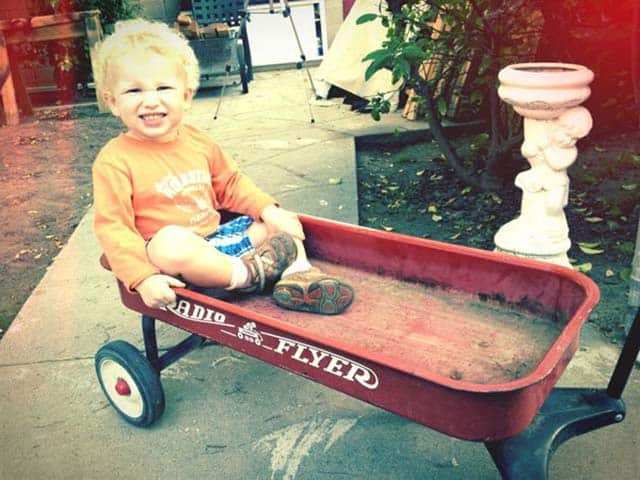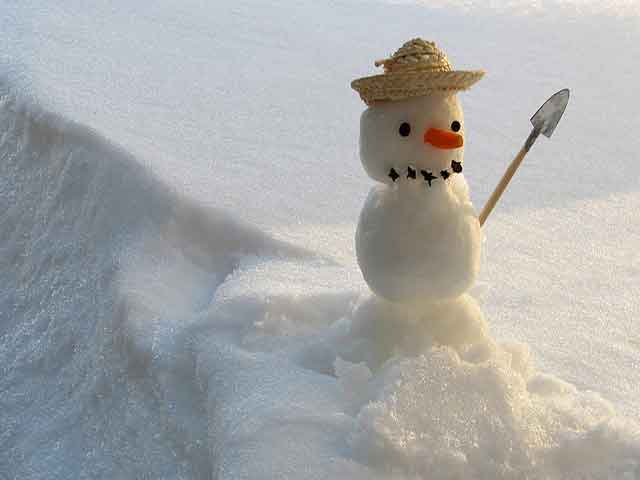Sensory play is not only a fun and engaging activity for toddlers but also an essential part of their development. It stimulates their senses, promotes exploration and curiosity, and enhances their cognitive and motor skills. In this article, we will explore various DIY sensory play ideas for toddlers that you can easily set up at home.

From understanding the importance of sensory play to creating sensory bins and engaging in sensory play activities, we have got you covered.
Understanding the Importance of Sensory Play
Sensory play is more than just a form of entertainment for toddlers. It plays a vital role in their overall development. By engaging in sensory play, toddlers can enrich their sensory experiences, enhance their ability to process information, and strengthen their neural connections. This type of play also helps them develop their fine motor skills, coordination, and problem-solving abilities.
Moreover, sensory play fosters creativity and imagination in toddlers. When children engage in activities that stimulate their senses, they are encouraged to explore, experiment, and create in a safe and supportive environment. This creative expression not only enhances their cognitive abilities but also nurtures a sense of curiosity and wonder about the world around them.
Benefits of Sensory Play for Toddlers
Sensory play offers numerous benefits for toddlers. It helps them develop their sensory processing skills, including their ability to perceive and interpret sensory information. This, in turn, enhances their cognitive development, language skills, and social interactions. Sensory play also helps toddlers regulate their emotions and relieve stress, promoting a sense of well-being and overall mental health.
Furthermore, sensory play encourages sensory exploration in a hands-on and interactive way. Toddlers have the opportunity to engage all their senses—sight, touch, smell, taste, and hearing—while playing with different textures, materials, and objects. This multi-sensory experience not only stimulates their brain development but also enhances their ability to make connections between different sensory inputs.
How Sensory Play Aids in Child Development
Engaging in sensory play activities allows toddlers to explore their world and discover new sensations. It helps them develop their sensory integration skills, which involves combining information received through their different senses. This integration is crucial for their everyday functioning, as it allows them to make sense of the world around them and respond appropriately to various stimuli.
In addition, sensory play promotes positive social interactions among toddlers. When children engage in sensory activities together, they learn to share, take turns, and communicate with each other effectively. These social skills are essential for building relationships, fostering empathy, and developing a sense of community from a young age.
Setting Up Your Sensory Play Space
Creating a dedicated sensory play space for your toddler is essential to provide them with a safe and engaging environment. Here are some key factors to consider:
Choosing the Right Location
Select an area in your home where your toddler can safely explore and engage in sensory play. It should be easily accessible, free from hazards, and conducive to exploration. A corner of the living room or a designated playroom can work well for this purpose.
When choosing the location for your sensory play space, consider the lighting in the area. Natural light can enhance the sensory experience for your toddler, so try to place the play area near a window or in a well-lit room. Additionally, you may want to incorporate soft lighting options, such as string lights or a small lamp, to create a cozy and inviting atmosphere for your little one to explore.
Essential Tools and Materials for Sensory Play
When setting up your sensory play space, gather a variety of materials that will stimulate your toddler’s senses. This can include items like textured fabrics, water play toys, musical instruments, different types of sensory bins, and safe art supplies. Remember to consider your child’s interests and preferences when selecting the tools and materials.
In addition to the traditional sensory play materials, consider incorporating natural elements into your toddler’s play space. Items like pinecones, seashells, smooth stones, and feathers can provide unique sensory experiences and connect your child to the natural world. You can create sensory bins filled with these natural treasures for your toddler to explore, encouraging curiosity and a love for the outdoors.
Creating Sensory Bins for Toddlers
Sensory bins are a wonderful way to engage toddlers in sensory play. They provide a contained environment where children can explore different textures, objects, and materials. Here’s how you can create sensory bins:
Selecting Suitable Sensory Bin Fillers
Choose fillers that are safe, age-appropriate, and interesting for your toddler. Some popular options include dried rice, colored pasta, kinetic sand, water beads, or even natural materials like leaves and pinecones. Ensure the size and texture of the fillers are suitable for your child’s age and developmental stage.
Theme Ideas for Sensory Bins
Add an extra level of excitement to sensory play by incorporating a theme into your sensory bins. You can create a beach-themed bin with kinetic sand and seashells or a construction-themed bin with rice and small toy vehicles. The possibilities are endless, and tailoring the themes to your child’s interests will make the playtime even more enjoyable.
DIY Sensory Play Activities
Beyond sensory bins, there are numerous DIY sensory play activities that you can easily create at home. These activities will keep your toddler engaged while promoting their sensory development. Here are some ideas:
Easy-to-Make Sensory Bags
Make sensory bags by pouring water or baby oil into a sturdy ziplock bag, adding small objects or glitter for visual appeal, and securely sealing the bag. Your toddler can explore the textures, colors, and movements by squishing, squeezing, and manipulating the bag. Always ensure the bag is tightly sealed and supervise your child during sensory bag play.
Homemade Sensory Dough and Slime
Create your own sensory dough using ingredients like flour, salt, water, and food coloring. Add various scents, glitter, or objects like beads to enhance the sensory experience. Slime, made using glue and borax, can also provide a fascinating tactile experience for your child. Remember to choose age-appropriate recipes and closely supervise your child while playing with dough or slime.
DIY Water and Sand Play Activities
Water and sand play are classic sensory activities that never fail to entertain toddlers. Set up a water table or a shallow container with water, add cups, funnels, and toys for pouring and scooping. For sand play, use a sandbox or a large container filled with sand. Add small toy figures, shovels, and sieves to make the experience more interactive and engaging.
Safety Tips for Sensory Play
While sensory play is incredibly beneficial for toddlers, it’s important to ensure their safety during the activities. Here are some key safety tips to keep in mind:
Ensuring Safe Play Environment
Always supervise your toddler during sensory play to prevent accidents and ensure they are using the materials appropriately. Inspect the play space for any hazards, such as small objects that can be choking hazards or materials that may cause allergies or skin irritations. Regularly clean and sanitize the play materials to maintain a safe and hygienic environment.
Age-Appropriate Sensory Activities
Choose sensory activities that are suitable for your child’s age and developmental stage. Avoid small objects or materials that may pose a choking hazard. Additionally, be mindful of any sensory sensitivities or allergies your child may have and select activities accordingly. Every child is unique, so adapt the activities to suit their individual needs and comfort level.
In conclusion, DIY sensory play offers endless opportunities for toddlers to explore, learn, and have fun. By understanding the importance of sensory play, setting up a suitable play space, and engaging in various sensory activities like sensory bins, sensory dough, and water play, you can provide your child with valuable sensory experiences that support their overall development. Remember to prioritize safety and tailor the activities to suit your toddler’s interests and abilities. Happy sensory playtime!



